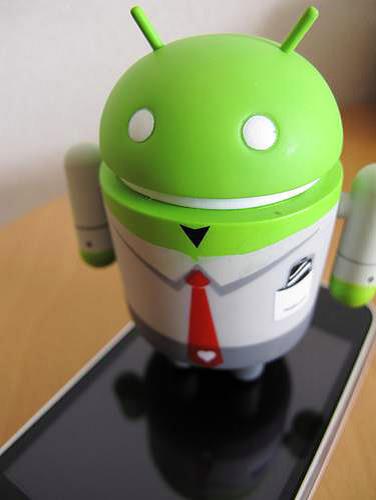A clone of your iOS app doesn't work for Android. And the differences between the platforms can have a major impact on user engagement and conversion rates.
Ported Post: This entry was originally published in the Artisan Mobile blog. Artisan was rebranded as In-App Marketing after being acquired by TUNE in July of 2015.
You can’t dress up an iOS app and expect it to perform in the same way on Android devices. For many companies, the Apple ecosystem was the first priority for app development. However, with the Android platform increasingly dominating global market share, ignoring Google’s mobile operating system is no longer an option.
Yet companies also can’t fall back on making iOS app clones for Android users. Not only are the aesthetics different, but subtle variances in navigational design and the behaviors triggered by default Android icons can have a major impact on user engagement and conversion rates.
At the recent AppsWorld North America conference, Artisan engineer Audrey Troutt spoke about the differences between developing apps for Apple’s OS and the Google mobile platform. The iOS 7 style relies on a lighter feel with more white spaces and less definition between elements in the UI. The Android style on the other hand has a bolder look with heavier icons and different accent colors. The iOS UI framework uses arrows to direct users deeper into a settings menu, while the Android OS defaults to an arrowless screen in the settings menu, relying instead on a user’s knowledge to click on different selections.
Companies should follow the designated style guides in creating apps for iOS and Android devices. Beyond that, however, developers need an action-oriented analytics platform that allows them to see exactly how users respond in the different operating system environments. An Android user may not inherently follow the same paths as an iOS user, and if you don’t design your app to accommodate the differences, you won’t achieve the same performance levels across the two ecosystems.
Far and away, the most important thing to do in creating an Android app is not to make assumptions. Don’t assume that because something works in your iOS app that it will work on the Android platform. Maybe your Android app will need an additional prompt to get users to interact, or maybe Android users will react more strongly to a particular color choice. As a rule, target your design to each specific OS, test your interfaces frequently, and iterate rapidly to improve app performance.
You can clone an app, but you can’t clone performance.
Author
Becky is the Senior Content Marketing Manager at TUNE. Before TUNE, she handled content strategy and marketing communications at several tech startups in the Bay Area. Becky received her bachelor's degree in English from Wake Forest University. After a decade in San Francisco and Seattle, she has returned home to Charleston, SC, where you can find her strolling through Hampton Park with her pup and enjoying the simple things in life.






Leave a Reply
You must be logged in to post a comment.